To support our research effort we deploy a wide range of instrumentation, supported by two dedicated laboratories – an Earth Observation Calibration and Instrumentation Laboratory and a ‘Wildfire Testing Chamber’. We use these capabilities to study a wide range of environmental phenomena, most commonly in the field but sometimes in laboratory settings. We collect remote sensing data from UAV and manned aircraft, and operate the NCEO Airborne Earth Observatory capable of collecting detailed EO data along with some in situ atmospheric data at most locations worldwide. Instruments are subject to detailed calibration in a series of environmentally controlled chambers where appropriate, and our ‘Wildfire Testing Chamber’ enables both small-scale study of detailed combustion properties, and testing of instrumentation on fires prior to deployment on campaigns. We cover examples of some of the instruments we deploy below, with other examples including eddy covariance and heat flux sensing systems, aerosol sensors (light-based and filter-based), and trace gas analysers based on infrared absorption.
We operate multiple drone (UAV) systems to support in situ measurements of the atmosphere and for close-range remote sensing of the Earth, and we also lead the NCEO Airborne Earth Observatory for NERCs National Centre for Earth Observation. We collaborate routinely with the European Space Agency and with NASA’s Jet Propulsion Laboratory (JPL) on certain of our manned aircraft campaigns.
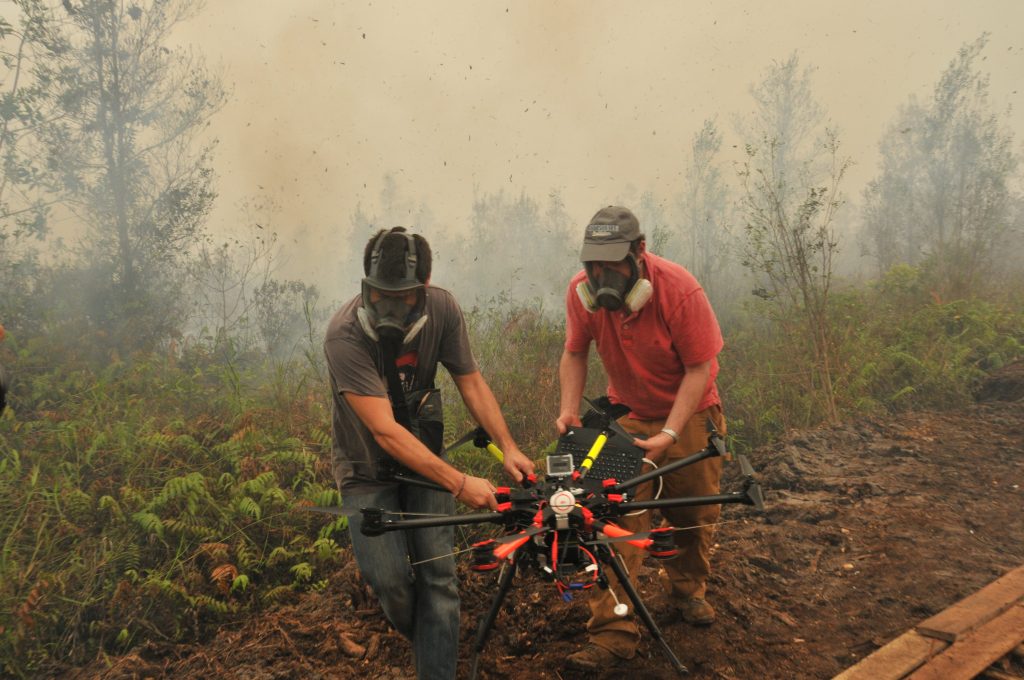
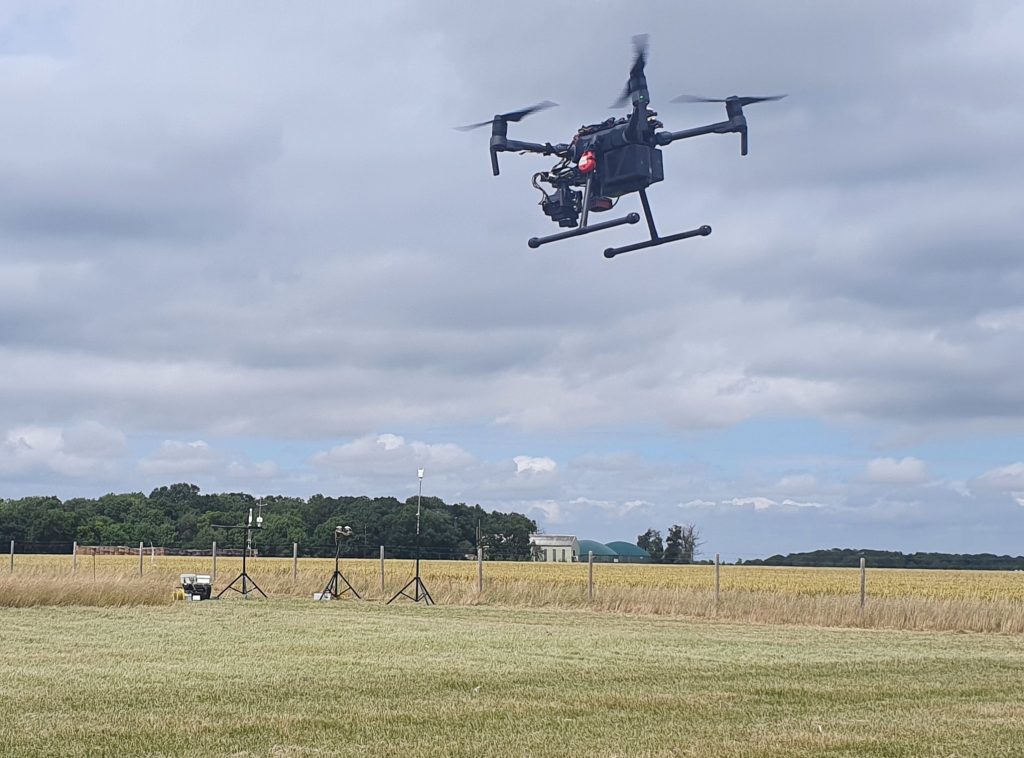
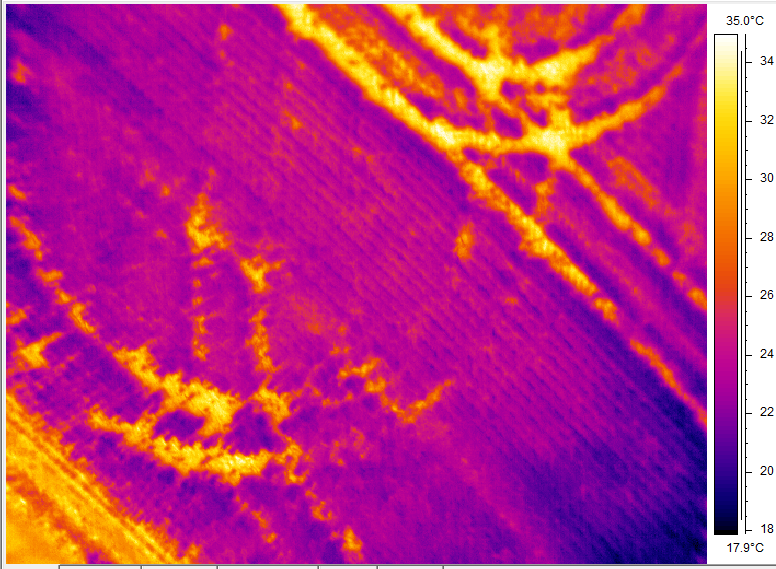
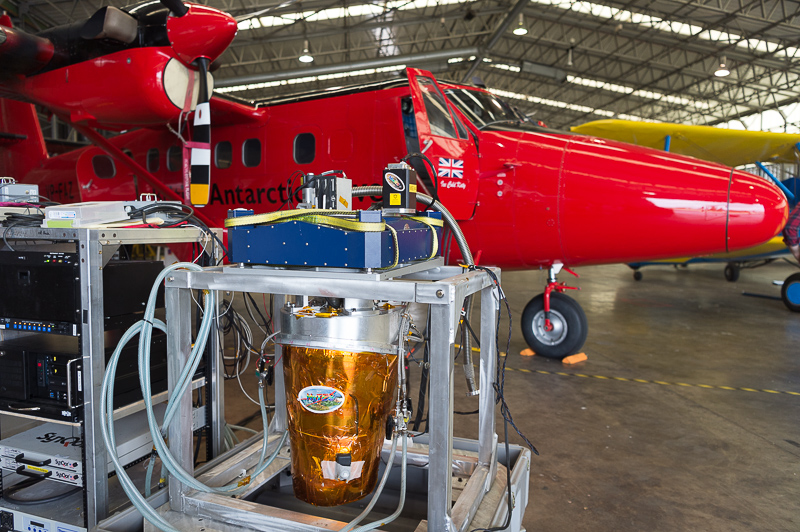
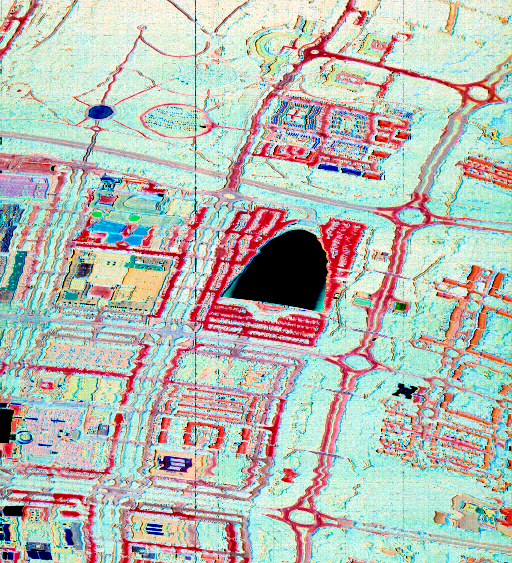
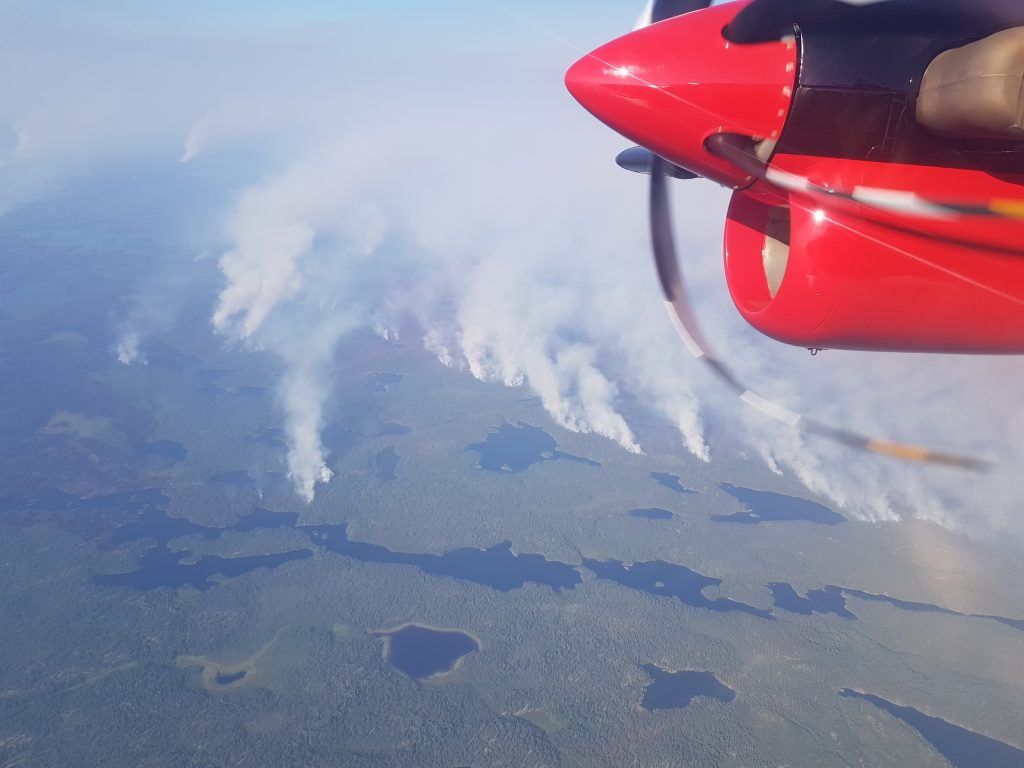

Thermal infrared instruments designed for temperature measurement operate at midwave (middle) infrared (MWIR) to longwave infrared (LWIR) wavelengths. A range of such instruments are used to study phenomena from ambient to high temperatures, including aspects of land surface temperature, vegetation growth and vegetation and peatland fires. The thermal measurement instruments are accompanied by equipment such as laboratory blackbodies and an environmental chamber to enable accurate calibration of the collected data. Instruments include both thermal imaging cameras but also LWIR radiometers that measure the signal a point rather than provide an image, but do so to very high accuracy. The instruments can be deployed on towers, in our laboratory spaces, on drones, or from manned aircraft. We have MWIR and LWIR thermal imagers from FLIR, OPTRIS, Agema, Xenics and Infratec, along with a set of blackbody calibrators from Fluke 4181 (35-500 °C); Omega BB701 (-18-149 °C); IDS (50-1200 °C; and wide area (ambient to 500 °C).
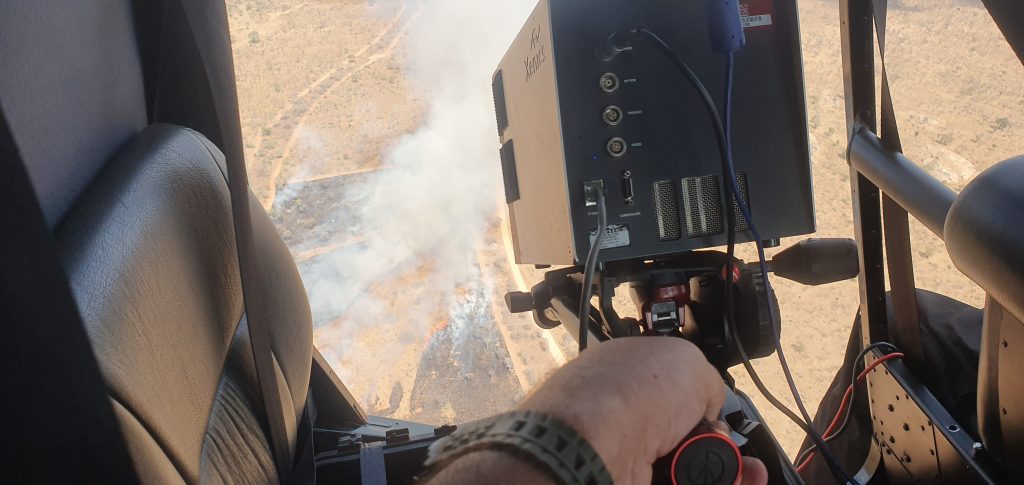
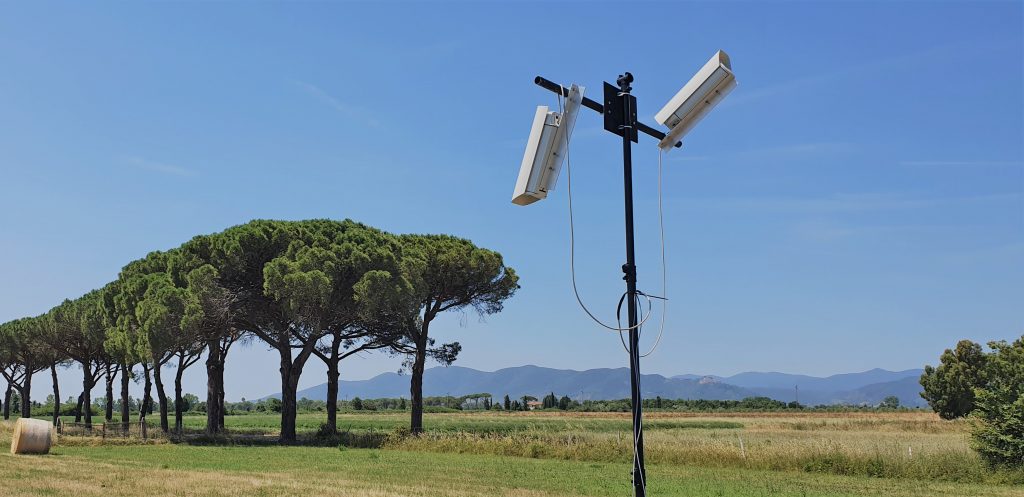

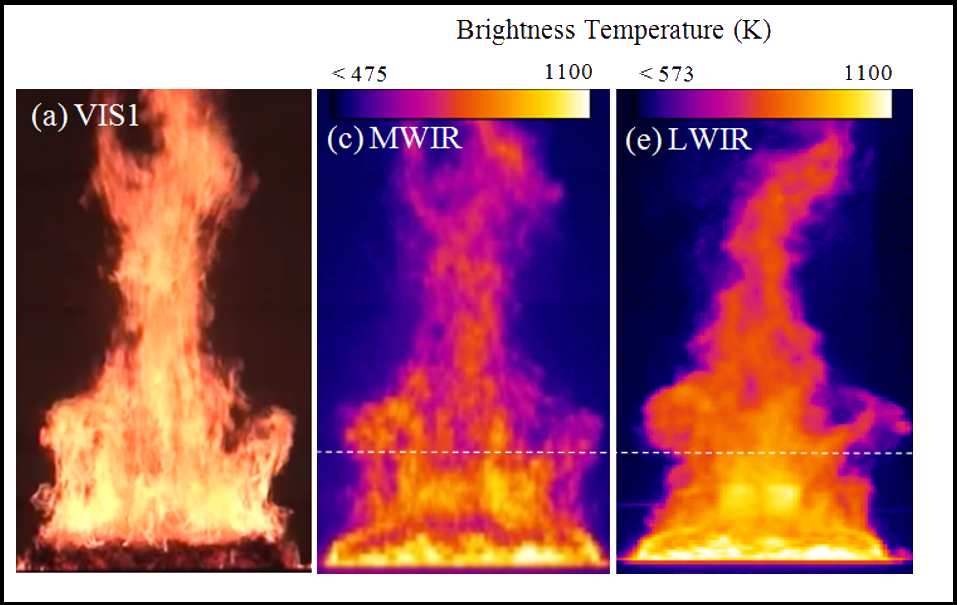
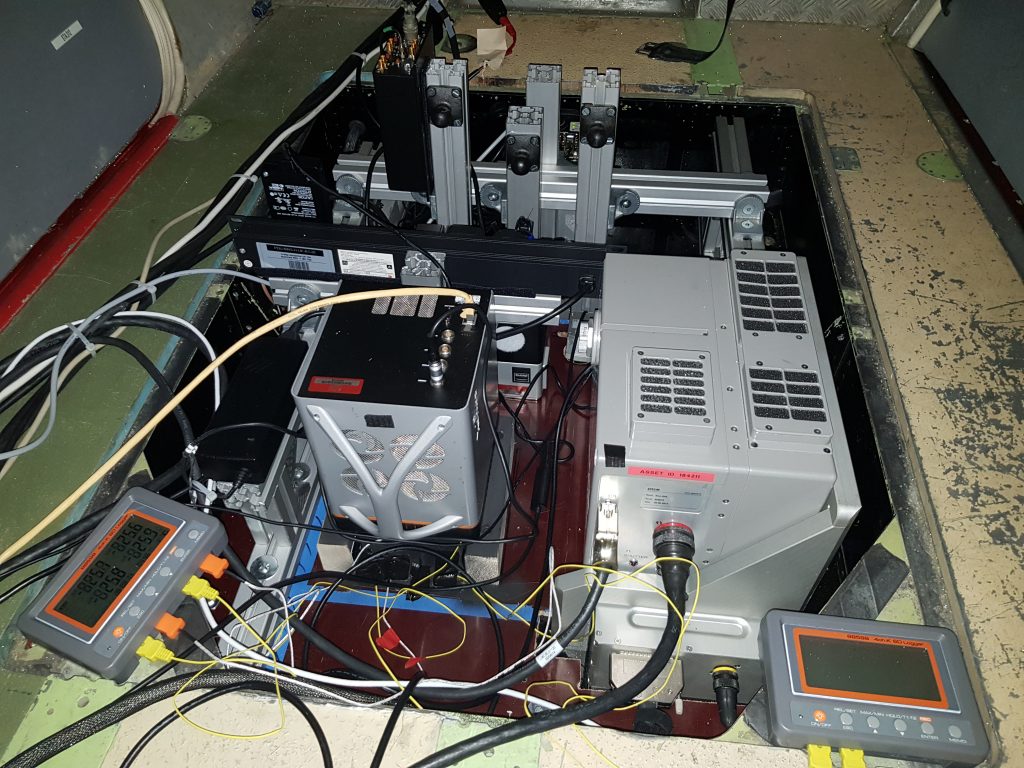
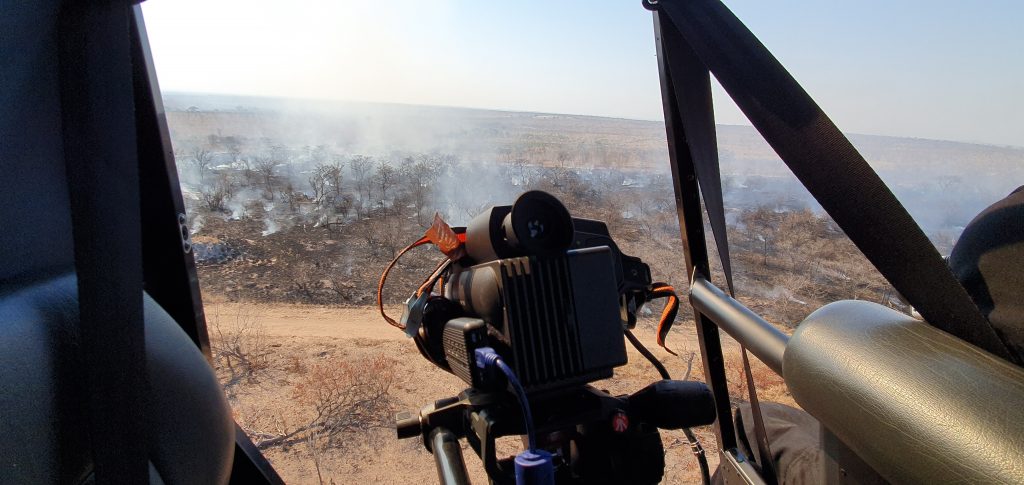
Our Wildfire Testing Chamber provides a controlled environment with which to study the physical and chemical processes involved in biomass combustion, and to test and calibrate new instrumentation before use in the field. We are able to conduct both vegetation and organic soil fires, and to trial the use of new instruments or measurement methods prior to field deployment at “real” fires overseas. Within the chamber we deploy various forms of close range remote sensing, including thermal imaging and infrared spectroscopy, along with numerous approaches to precisely characterise the composition of the smoke released during combustion. The facility comprises a laboratory space along with a 6.5 m2 ‘burn chamber’ with hangar doors and a fully retractable roof, enabling observations from all angles if required.
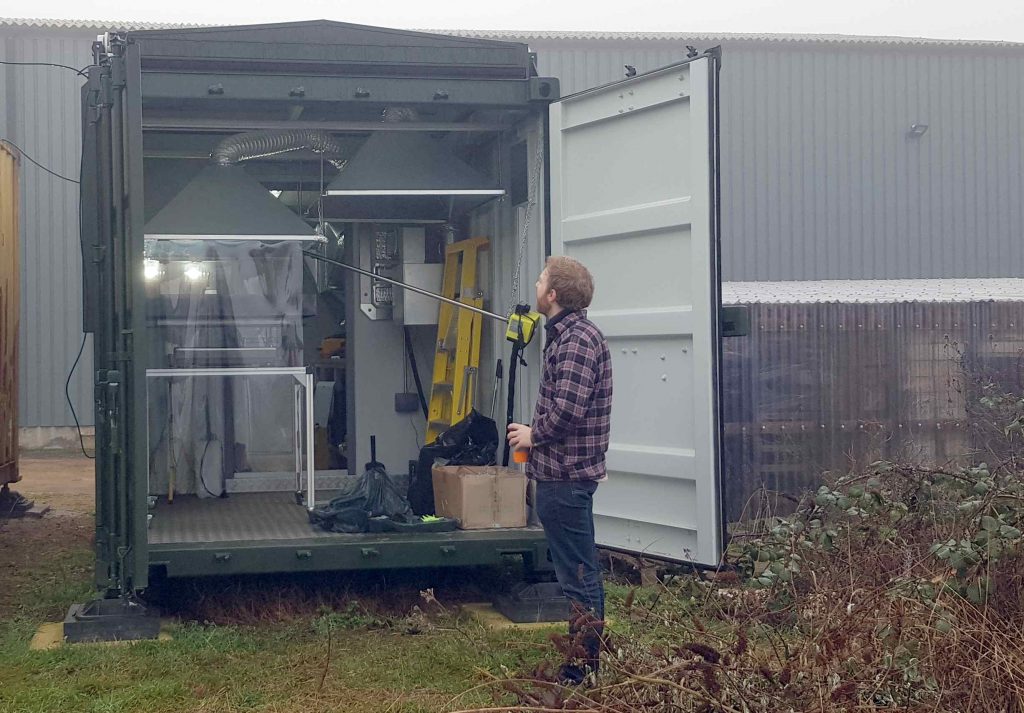
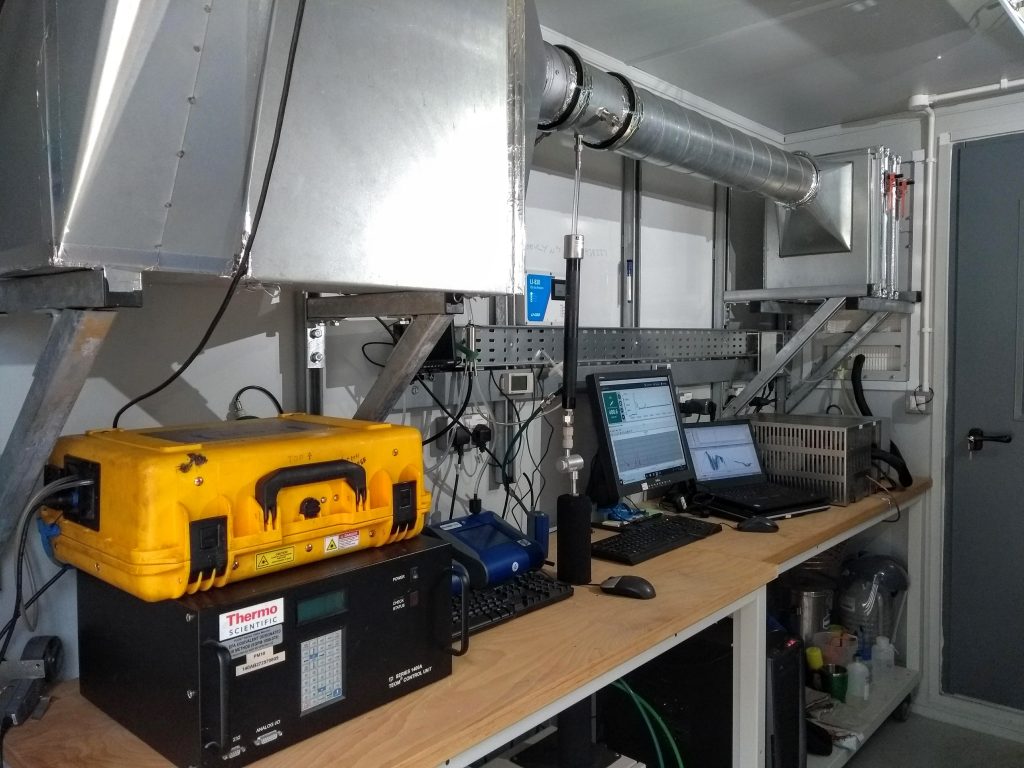
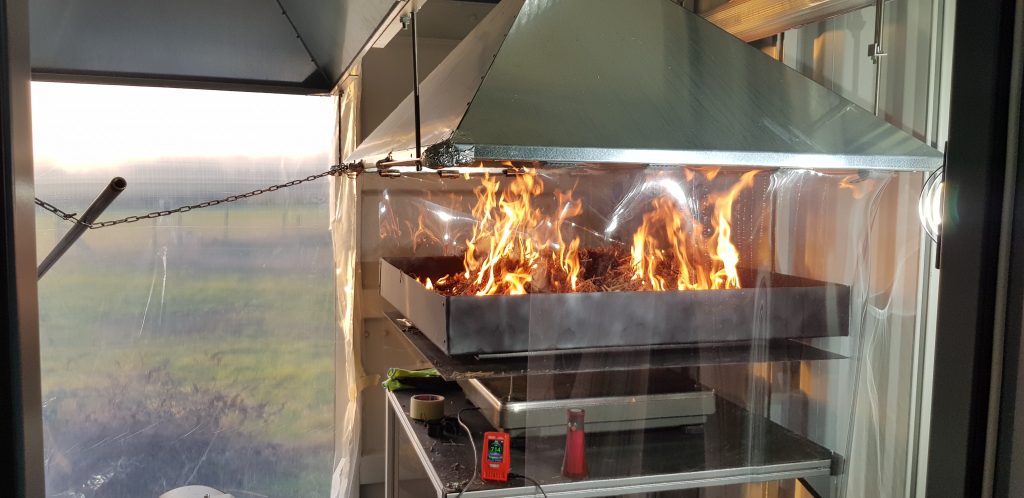
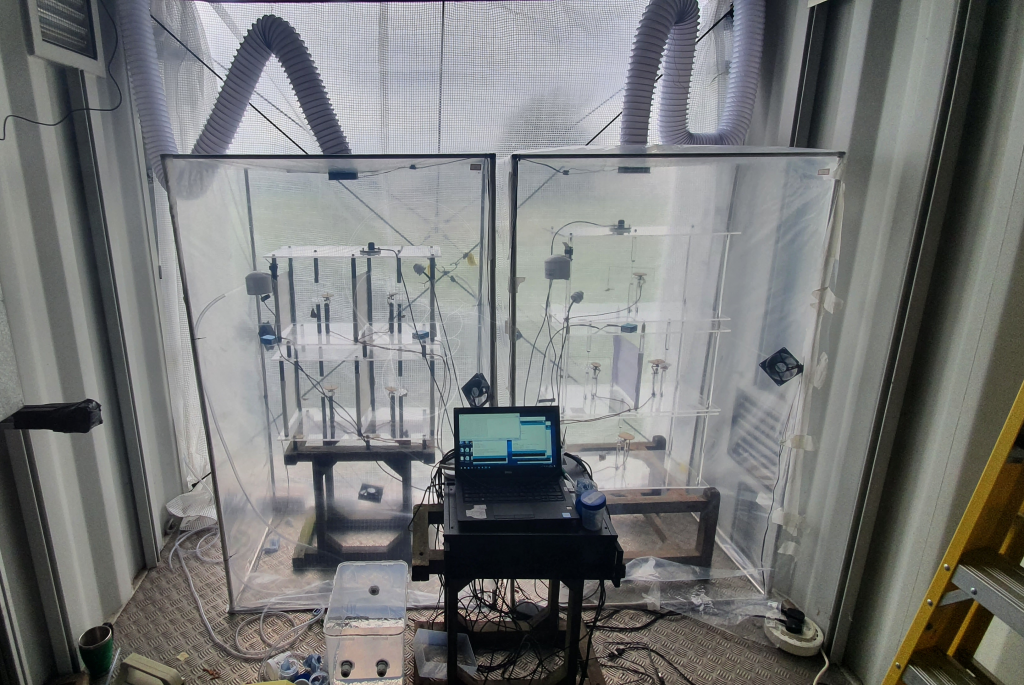
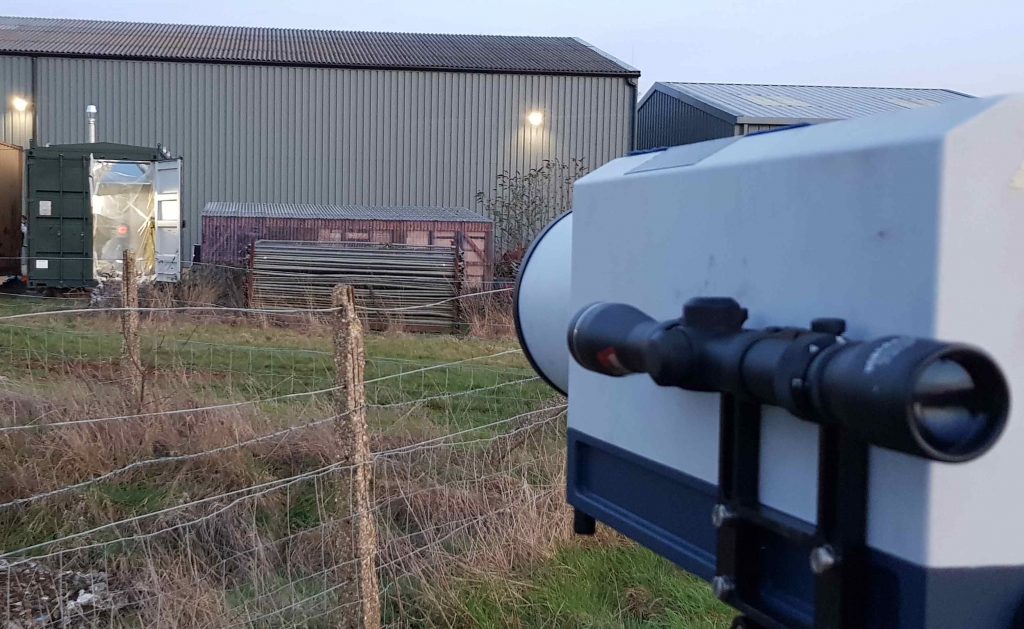
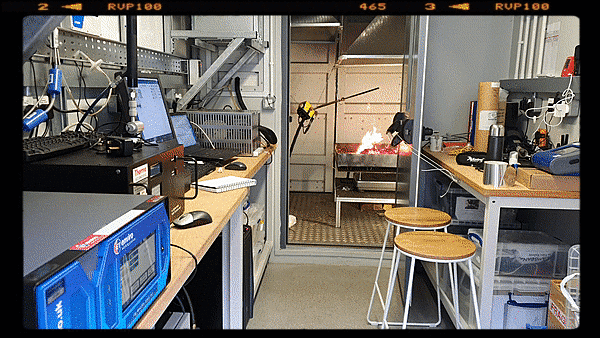
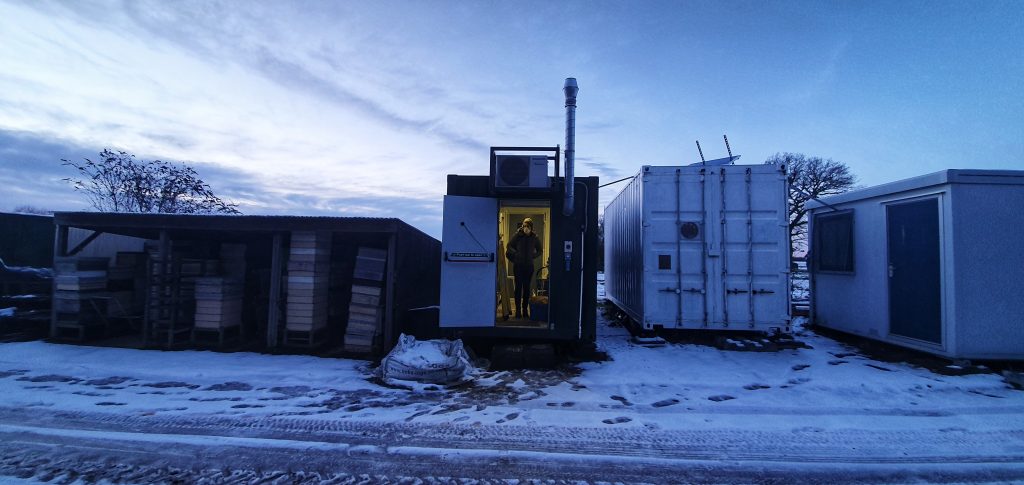
Spectrometers spectrally separate out light of different wavelengths and measure the intensity of that light. They can be used for may different applications, but we typically deploy them to infer the properties of solid surfaces (e.g. soil or vegetation) or of the atmosphere, often when it is polluted by smoke from fires for example. One approach used is Fourier Transform Infrared (FTIR) spectroscopy – which we use to retrieve the spectral emissivity of materials (for use in land surface temperature investigations) and also to probe the composition of plumes of smoke. Using lab or field-based FTIR systems we can identify the presence of many different gases in the smoke and estimate their concentrations, from which we can derive the smoke emissions ratios and emissions factors that are required for use in many other studies. In our Wildfire Testing Chamber we use a Bruker Matrix MG5 closed path spectrometer coupled to a heated gas cell used to identify the presence and concentrations of dozens of different gases present within the smoke coming from the fires we study. We also have a Vertex V70, an Midac OP-FTIR and an EM27 system. In the example of trace gas retrieval, each gas present in sufficient quantity leaves a tell-tale absorption feature in the infrared spectrum measured by the FTIR, as shown below – enabling both its presence and its abundance in the atmospheric path sampled to be determined.

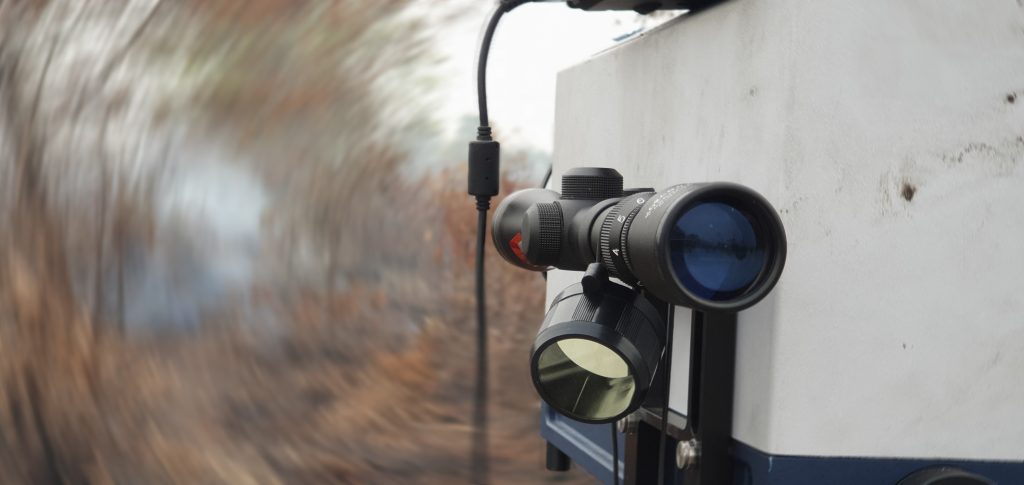
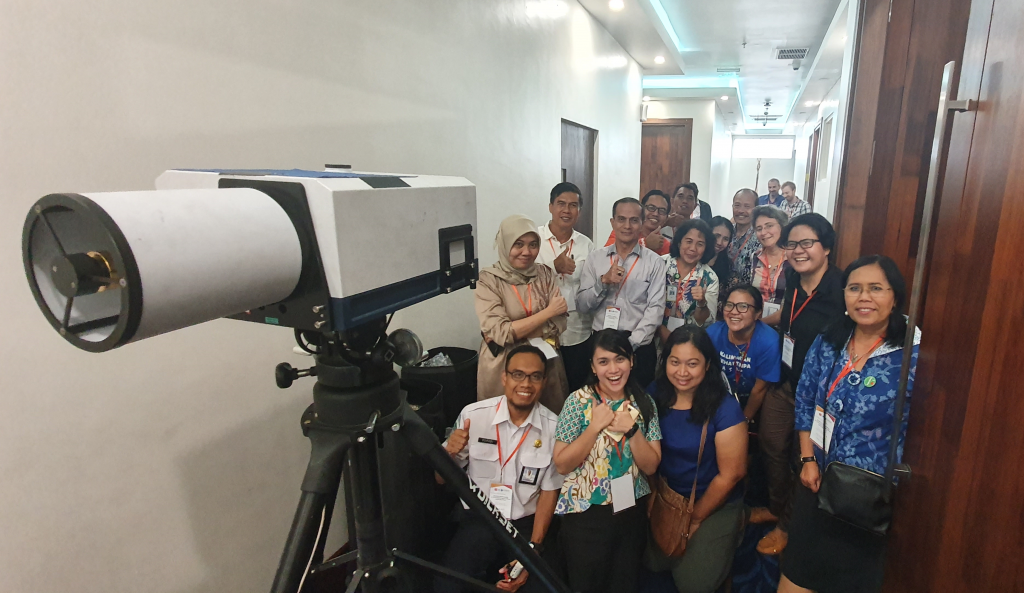
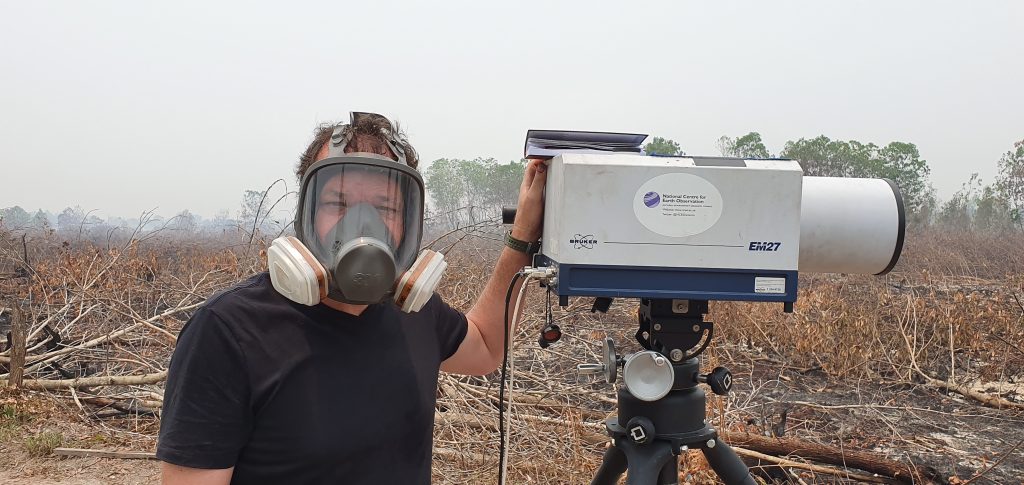
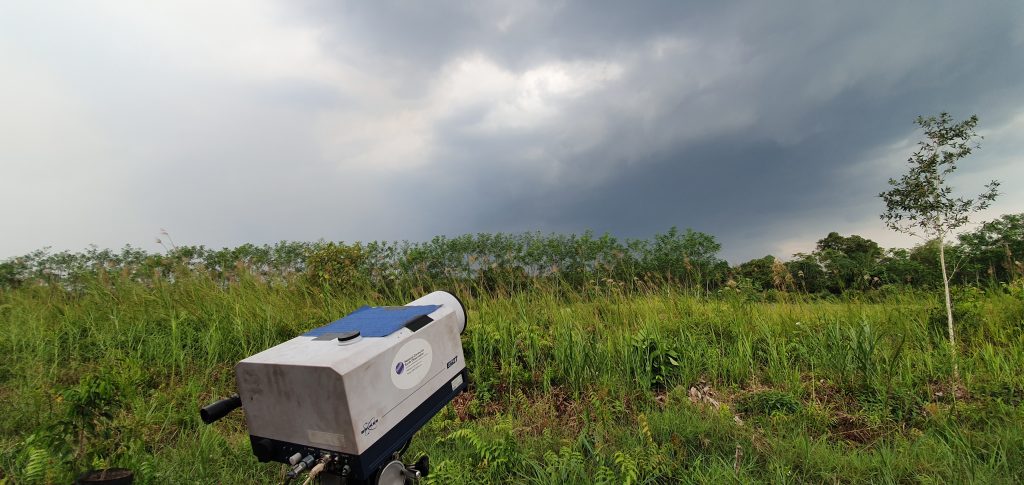
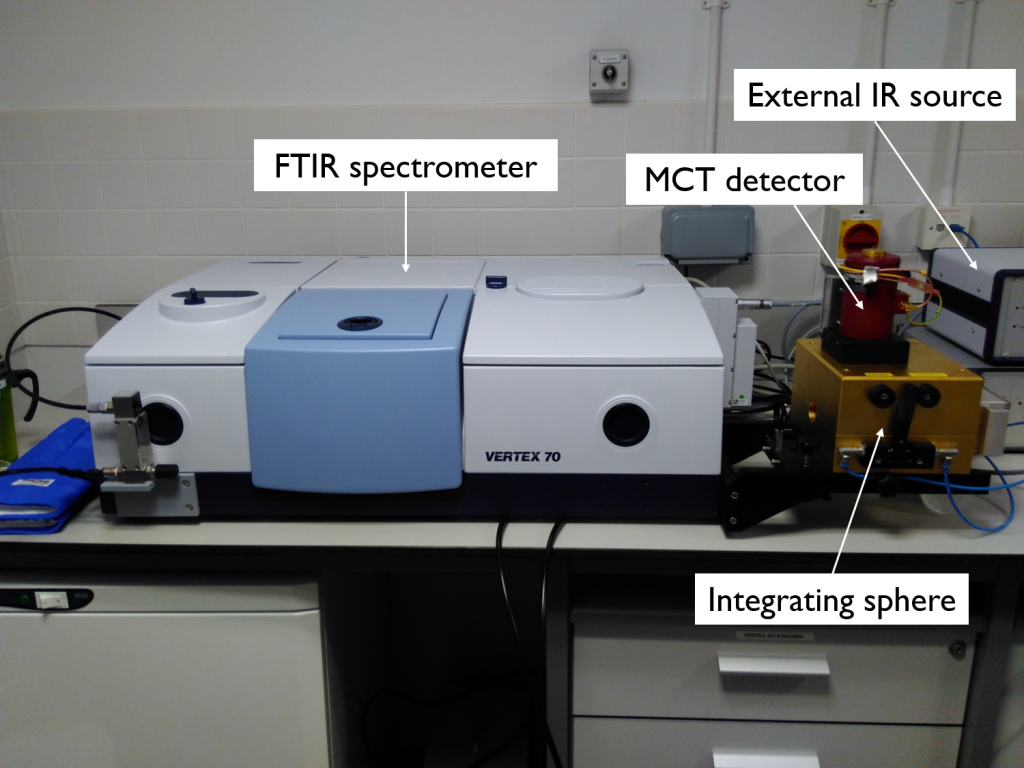
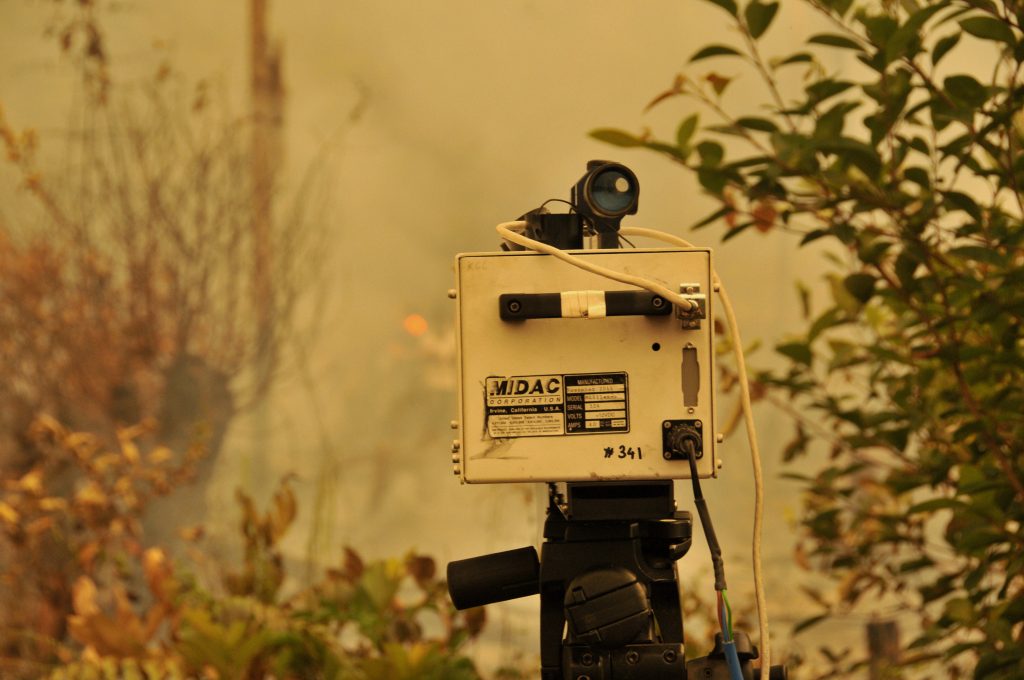

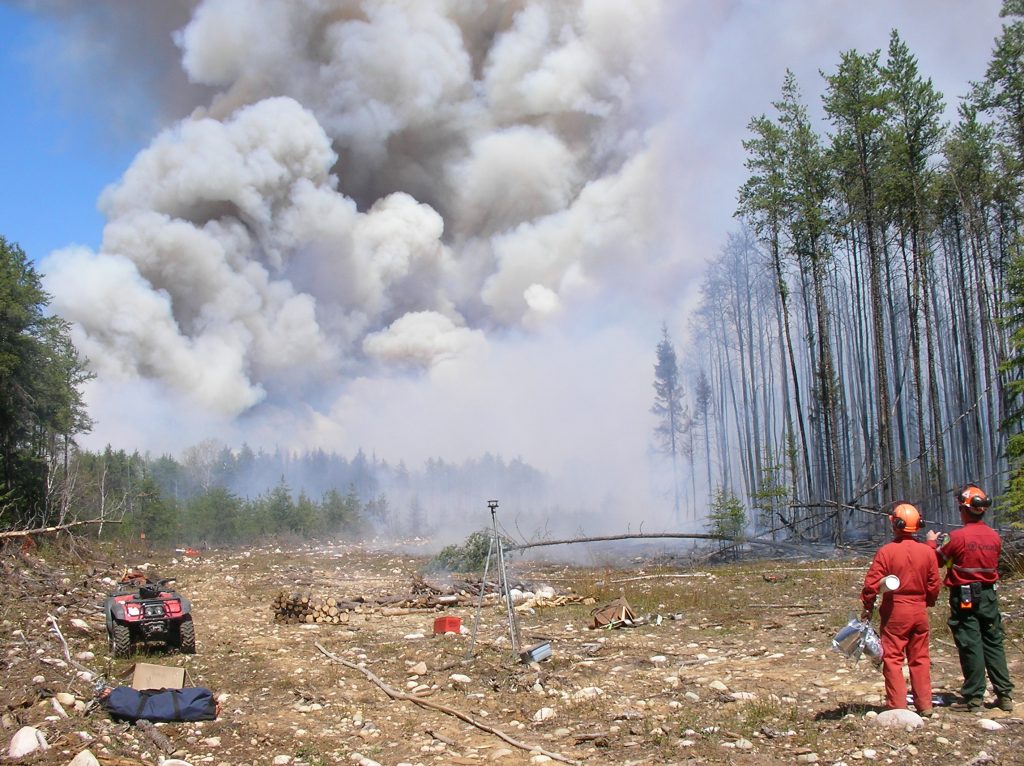
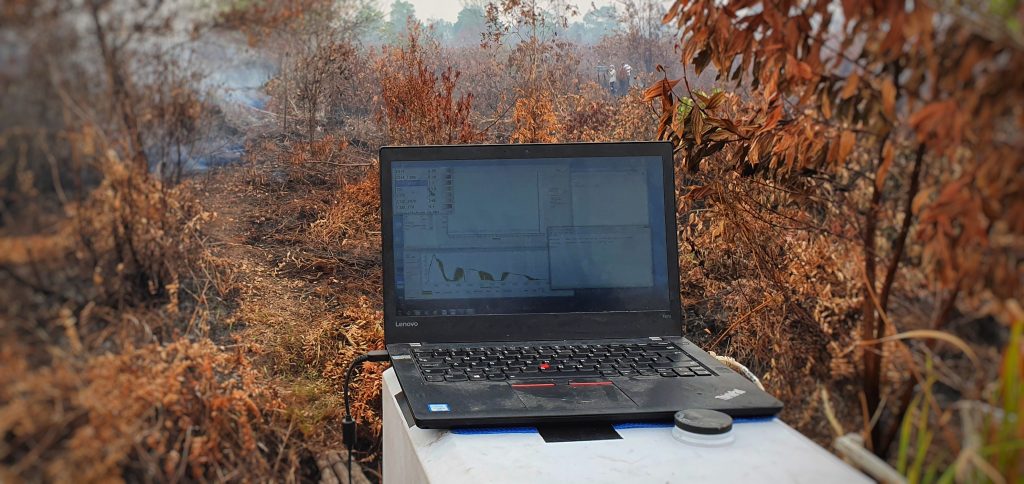
![]()
King’s College London, Bush House (NE wing), 30 Aldwych, London, WC2B 4BG